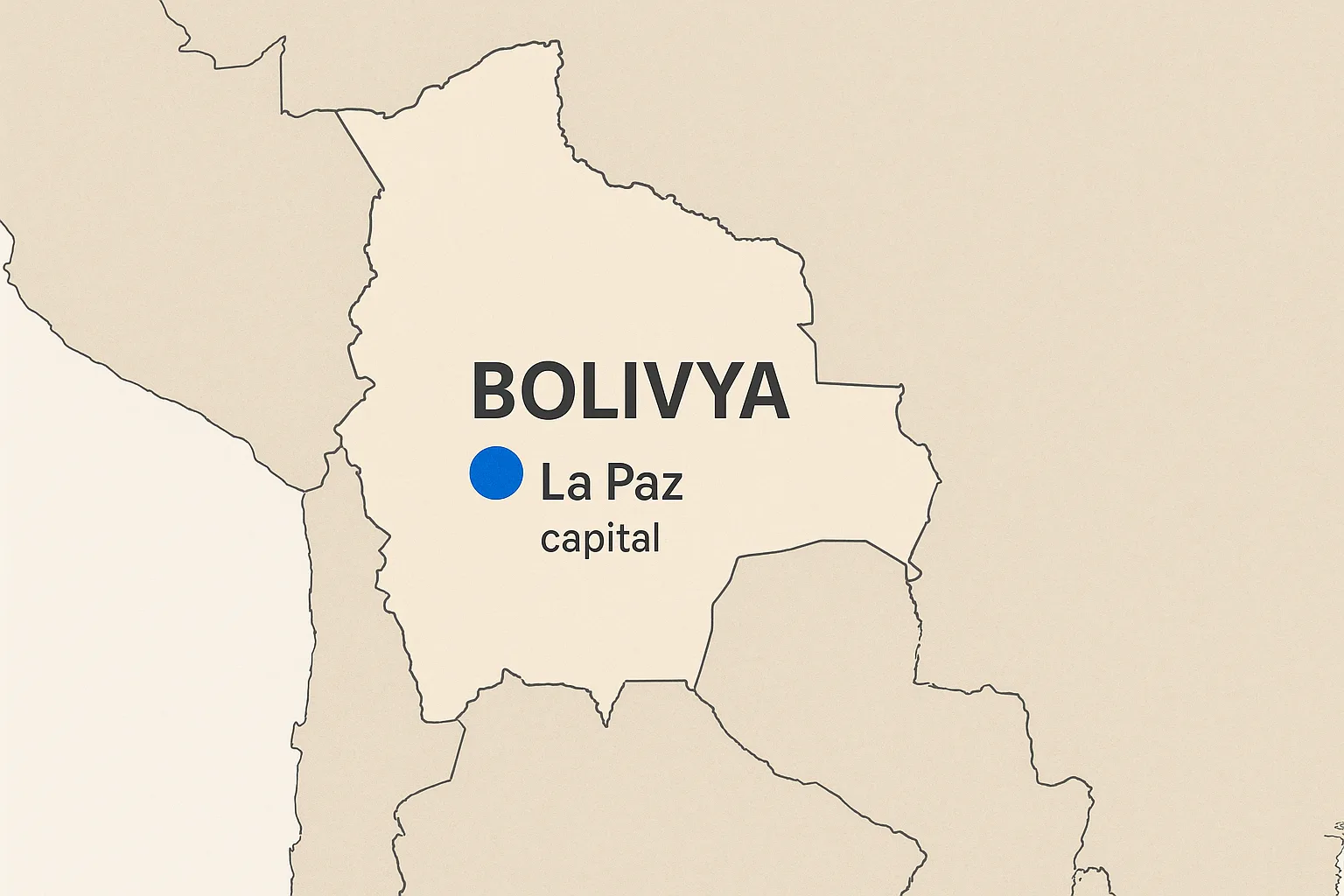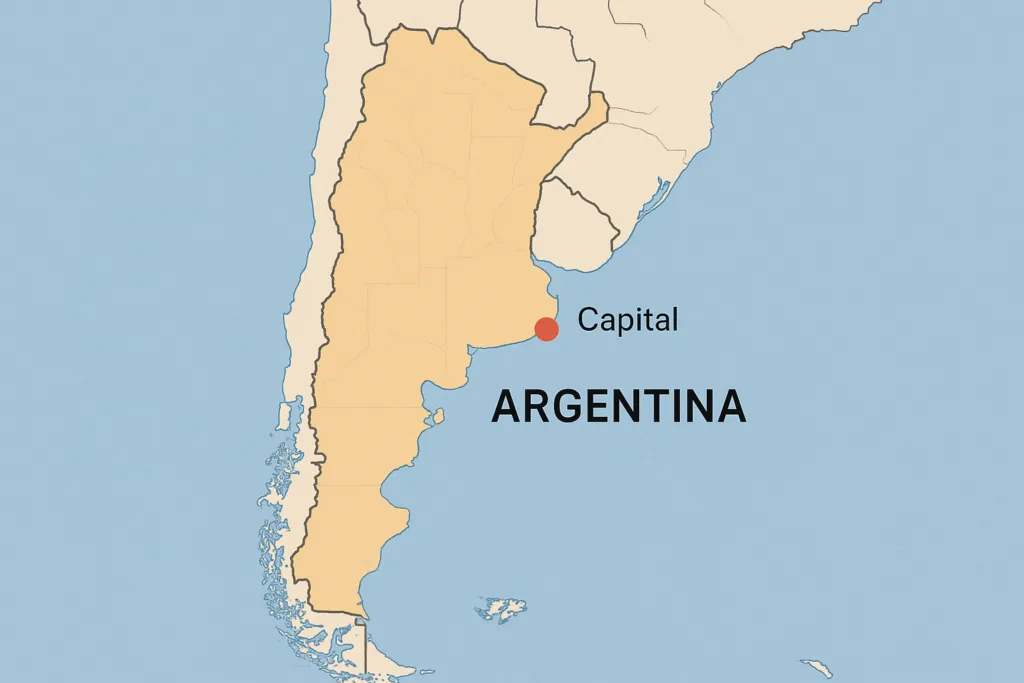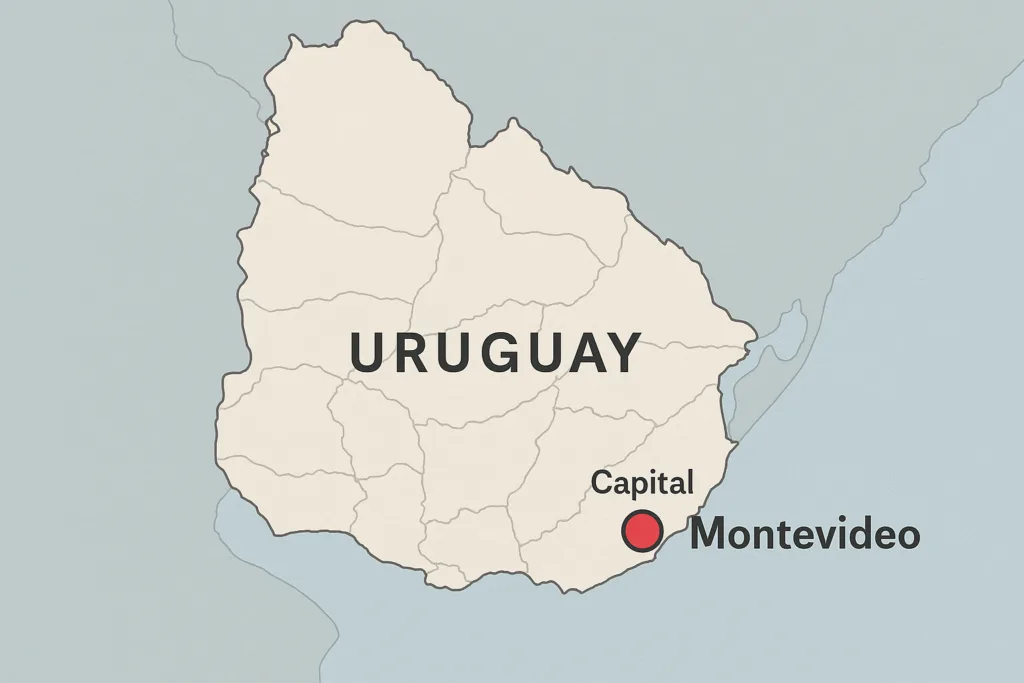🇧🇴 Bolivia
Capital: Sucre

Sucre – The constitutional capital of Bolivia known for its rich colonial history.
Sucre, often called “La Ciudad Blanca,” is renowned for its stunning white-washed colonial buildings and is a UNESCO World Heritage site. This beautiful city is not only the constitutional capital of Bolivia but also a vibrant cultural hub, famous for its traditional festivals and rich history tied to the country’s independence movement.
📜 Timeline of Sucre
1538: Founded by Spanish conquistador Pedro Anzúrez.1825: The city plays a significant role in Bolivia’s independence from Spanish rule.
1898: Became the constitutional capital of Bolivia following the constitutional assembly.
Today: Sucre is celebrated for its historical architecture and vibrant cultural life.
📊 Quick Stats
Founded
1538
Language
Spanish, Quechua, Aymara
Currency
Boliviano (BOB)
Geography
Nestled in the south-central part of Bolivia, surrounded by mountains.
Time Zone
Bolivia Time (UTC-4)
Calling Code
+591
Driving Side
Right-hand traffic
🏛️ Iconic Landmarks
Recoleta Church
A stunning 19th-century church offering panoramic views of the city.
Casa de la Libertad
The historic building where the Bolivian Declaration of Independence was signed.
Plaza 25 de Mayo
The main square lined with beautiful colonial buildings, perfect for leisurely walks.
Sucre is not just Bolivia’s constitutional capital but a treasure trove of history and culture, reflecting the beauty and diversity of the nation. Visitors are always captivated by its colonial atmosphere and vibrant traditions, making it a unique destination in South America.
📖 Sources & References
References are provided to ensure reliable and up-to-date information about Bolivia and its capital city.

